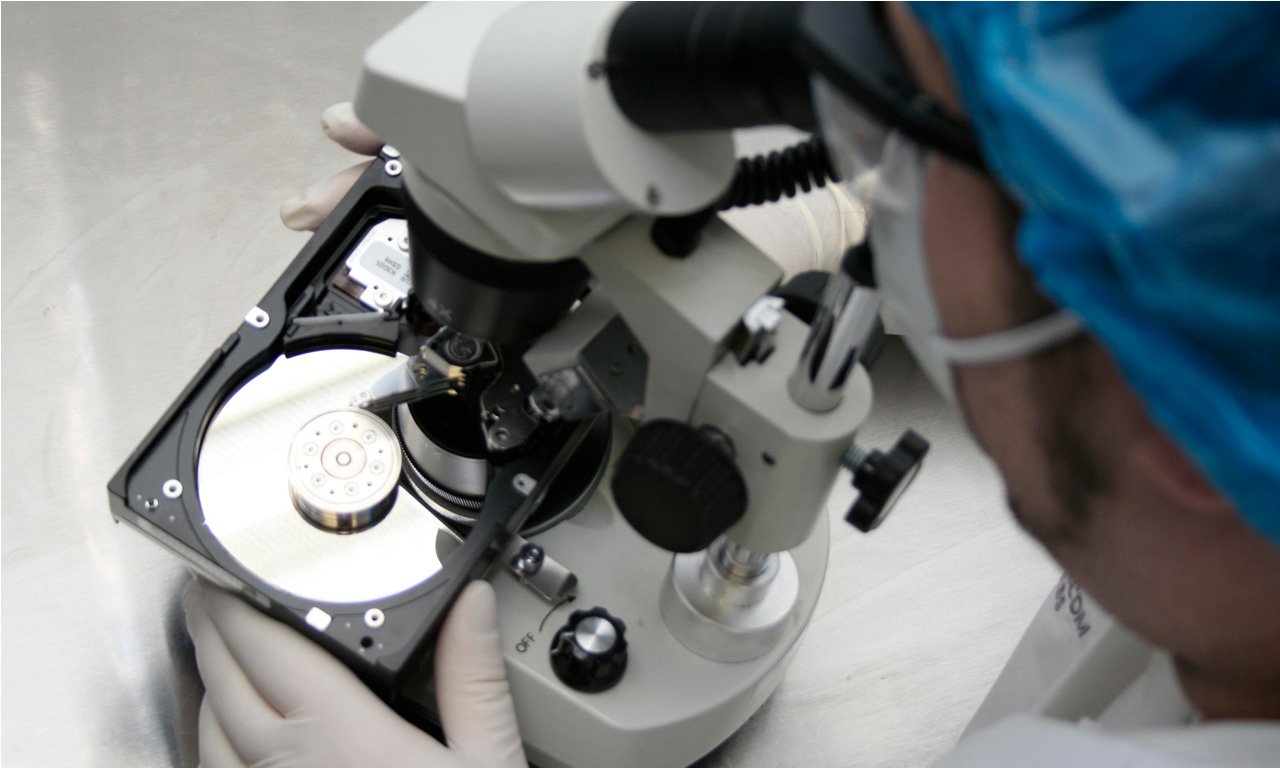In Grass Valley, California, nestled in the Sierra Nevada foothills, a small business faced an urgent data recovery challenge. At the core of its operations was a single HP floppy disk containing vital controller software for custom machinery. This 1.4 MB relic of early computing was essential to keeping the business running smoothly.
One day, disaster struck. The disk slipped from the owner’s hands and hit the ground. The impact warped the plastic casing just enough to prevent it from spinning properly. When they tried to load the disk, it only made grinding noises—signs of serious damage. Local tech shops and recovery tools couldn’t fix it, leaving the business in a desperate situation.
With no other options, the owner turned to WeRecoverData, a trusted name in data recovery. Understanding the urgency, the team immediately took on the case. When the floppy disk arrived at their lab, they carefully dismantled it to access the delicate magnetic media inside, which had been warped by the impact.
Using specialized equipment, the team stabilized the damaged disk and mounted it onto a recovery drive designed for fragile media. Slowly, they extracted the data bit by bit, working around the corrupted sections caused by physical damage. Precision was key to preventing further harm.
Once the data was retrieved, several gaps remained due to the disk’s condition. However, with advanced data recovery techniques, the team carefully reconstructed the corrupted code. They meticulously verified and tested each segment to ensure the restored software was complete and functional.
After hours of detailed work, the team successfully recovered the critical controller software. They tested the program to confirm it worked correctly and transferred it to a modern digital format for safekeeping. The recovered data was then securely returned to the business owner, ready for immediate use.
The successful data recovery saved the company from a major setback. With the software restored, operations could continue without disruption. This recovery also preserved a piece of technological history, proving that even outdated media can hold irreplaceable value.





















